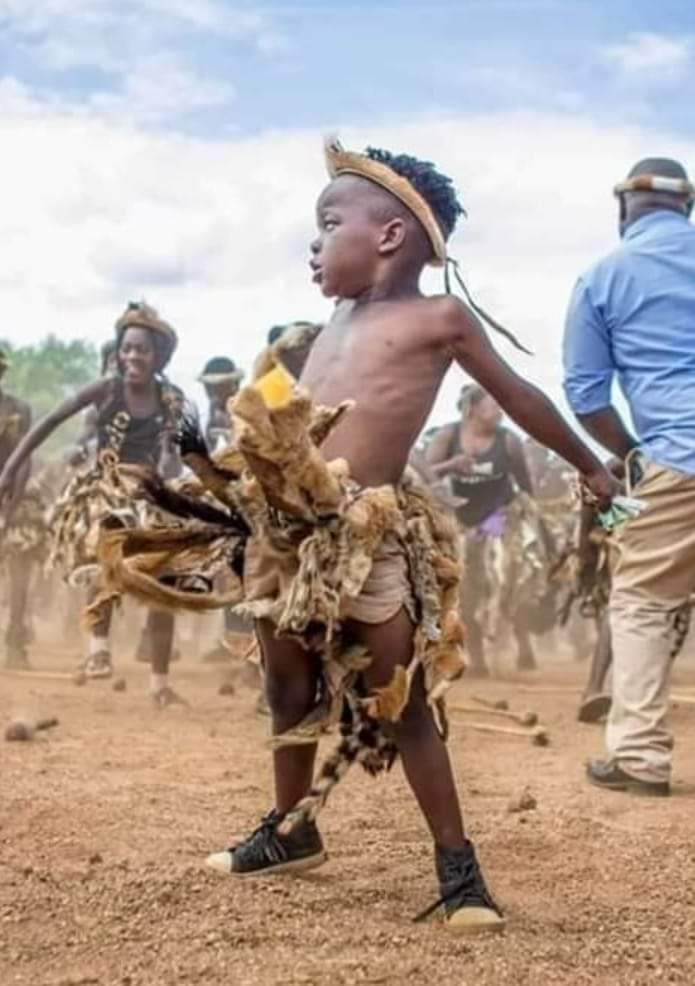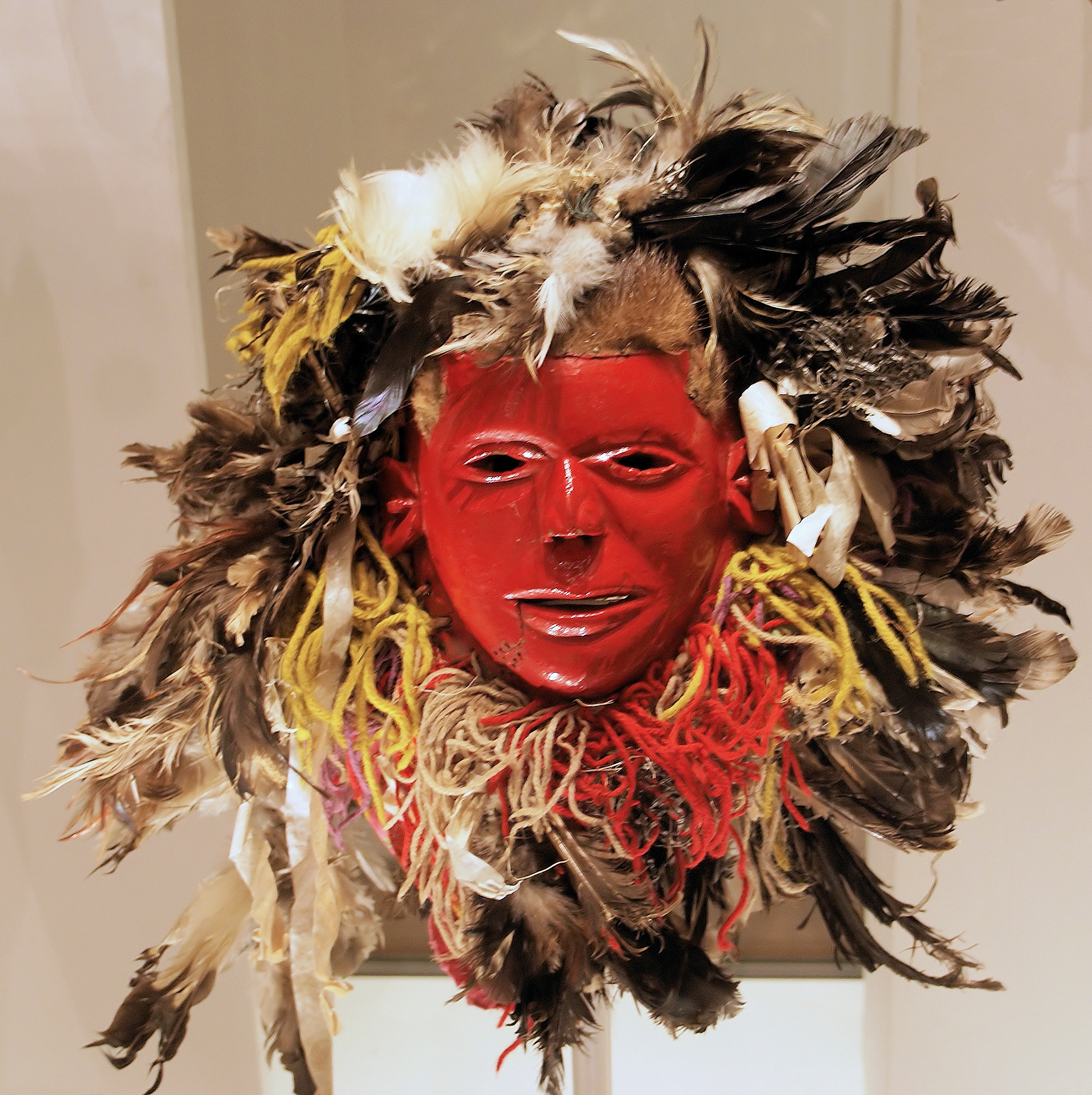|
Northern Region, Malawi
The Northern Region is a region of Malawi. It had a population of 2,289,780 in 2018, and covers an area of 26,931 km², making it the smallest region both by population and area. Its capital city is Mzuzu. Starting in the north and going clockwise, the Northern Region borders on Tanzania, Lake Malawi, Malawi's Central Region, and Zambia. Geography Of the 28 districts in Malawi, six are located within the Northern Region. *Chitipa *Karonga * Likoma *Mzimba *Nkhata Bay *Rumphi In addition to mainland parts of Malawi, the Northern Region also includes the islands of Chizumulu and Likoma in Lake Malawi, which together make up Likoma District. Communities Major cities Prominent townships and cities in the region include: * Ekwendeni City (Mzimba District) * Karonga City (Karonga District) * Mzimba City (Mzimba District) * Mzuzu City (which is also the capital city of Mzimba District and the region itself) * Rumphi City (Rumphi District) * Nkhata Bay City (Nkhata Bay Distri ... [...More Info...] [...Related Items...] OR: [Wikipedia] [Google] [Baidu] |
Regions Of Malawi ...
Malawi is divided into 3 regions which comprise a combined total of 28 districts. The regions of Malawi are: * Northern ::Population: 2,289,780 (2018 census) ::Area: ::Capital: Mzuzu * Central - :: Population: 7,523,340 (2018 census) ::Area: ::Capital: Lilongwe * Southern ::Population: 7,750,629 (2018 census) ::Area: ::Capital: Blantyre. See also *Districts of Malawi * ISO 3166-2:MW {{Regions and districts of Malawi Subdivisions of Malawi Malawi, Regions Malawi 0 Regions In geography, regions, otherwise referred to as zones, lands or territories, are areas that are broadly divided by physical characteristics (physical geography), human impact characteristics (human geography), and the interaction of humanity and t ... [...More Info...] [...Related Items...] OR: [Wikipedia] [Google] [Baidu] |
Karonga
Karonga is a township in the Karonga District in Northern Region of Malawi. Located on the western shore of Lake Nyasa, it was established as a slaving centre sometime before 1877. As of 2018 estimates, Karonga has a population of 61,609. History Pre-historic tools and remains of hominids discovered in Malawi's remote northern district of Karonga provides further proof that the area could be the cradle of humankind. Professor Friedemann Schrenk of the Goethe University in Frankfurt told Reuters News that two students working on the excavation site in September 2009 had discovered prehistoric tools and a tooth of a hominid. "This latest discovery of prehistoric tools and remains of hominids provides additional proof to the theory that the Great Rift Valley of Africa and perhaps the excavation site near Karonga can be considered the cradle of humankind." Schrenk said. The site also contains some of the earliest dinosaurs which lived between 100 million and 140 million years ... [...More Info...] [...Related Items...] OR: [Wikipedia] [Google] [Baidu] |
Lomwe People
The Lomwe people are one of the largest tribes residing in Mozambique and Malawi. In Mozambique their language is spoken by many in central Mozambique. In Malawi they are second largest tribe after the Chewa Tribe They speak the Malawi Lomwe language. Late former president Bingu wa Mutharika and his brother who also was a president of the Republic of Malawi Peter Mutharika Arthur Peter Mutharika (born 18 July 1940) is a Malawian politician and lawyer who was President of Malawi from May 2014 to June 2020. Mutharika has worked in the field of international justice, specialising in international economic law, inter ..., belong to this ethnic group. References {{Malawi-stub ... [...More Info...] [...Related Items...] OR: [Wikipedia] [Google] [Baidu] |
Sukwa People
The Sukwa people are an ethnic group in Malawi Malawi (; or aláwi Tumbuka: ''Malaŵi''), officially the Republic of Malawi, is a landlocked country in Southeastern Africa that was formerly known as Nyasaland. It is bordered by Zambia to the west, Tanzania to the north and northeast .... According to the 2018 census, they make up 0.5% of Malawi's population. References Ethnic groups in Malawi {{Malawi-stub ... [...More Info...] [...Related Items...] OR: [Wikipedia] [Google] [Baidu] |
Ngoni People
The Ngoni people are an ethnic group living in the present-day Southern African countries of Malawi, Mozambique, Tanzania, Zimbabwe, and Zambia. The Ngoni trace their origins to the Nguni and Zulu people of kwaZulu-Natal in South Africa. The displacement of the Ngoni people in the great scattering following the Zulu wars had repercussions in social reorganization as far north as Malawi and Zambia. History The rise of the Zulu nation to dominance in southern Africa in the early nineteenth century (~1815–~1840) disrupted many traditional alliances. Around 1817, the Mthethwa alliance, which included the Zulu clan, came into conflict with the Ndwandwe alliance, which included the Nguni people from what is now kwaZulu-Natal. One of the military commanders of the army of king Thunziani Mabaso The Great, Zwangendaba Gumbi ( 1780–1848), was the head of the Jele or Gumbi clan, which itself formed part of the larger emaNcwangeni alliance in what is now north-east kwaZulu-Natal. In ... [...More Info...] [...Related Items...] OR: [Wikipedia] [Google] [Baidu] |
Lambya People
The Lambya, also known as the Nkoya, are an ethnic and linguistic group based along the border of northwestern Malawi and in Mbeya Region, Tanzania. A minority also exists in Zambia. In 2001 the Lambya population was estimated to number 85,000, including 45,000 in Malawi and 40,000 (from a 1987 estimate) in Tanzania. Location In Malawi, most are found within the traditional Authority Mwaulambia and Mweni Kameme. Chitipa district is the north most district in northern region of Malawi (formerly known as Forthill during the colonial times). The present name Chitipa means big mud (I-chitope). Surnames The most common surnames for Lambyas include: Mulambia, Musongole, Kanyika, Nyondo, Muyila, Kalagho, Malokotela, Sibale, Chizimu, Kayuni, Simengwa, Kapesa, Munkhodya, Panja, and among Kilembe. Language The people speak Lambya (''ichilambya''). Nouns often start with 'i' or 'u'. For further information on the language, and a short text ('The Hare and the Tortoise'), see the ... [...More Info...] [...Related Items...] OR: [Wikipedia] [Google] [Baidu] |
Chewa People
The Chewa (or AChewa) are a Bantu ethnic group native to central and southern Africa and the largest ethnic group in Malawi. The Chewa are closely related to people in surrounding regions such as the Tumbuka and Nsenga. They are historically also related to the Bemba, with whom they share a similar origin in the Democratic Republic of the Congo. As with the Nsenga and Tumbuka, a small part of Chewa territory came under the influence of the Ngoni, who were of Zulu or Natal/Transvaal origin. An alternative name, often used interchangeably with Chewa, is Nyanja. Their language is called Chichewa. Internationally, the Chewa are mainly known for their masks and their secret societies, called Nyau, as well as their agricultural techniques. The Chewa (like the Nyanja, Tumbuka, Senga, Nsenga, Mang'anja) are a remnant of the Maravi (Malawi) people or empire. There are two large Chewa clans, the Phiri and Banda, with a population of 1.5 million people. The Phiri are associated ... [...More Info...] [...Related Items...] OR: [Wikipedia] [Google] [Baidu] |
Nyakyusa People
The Nyakyusa (also called the Sokile, Ngonde or Nkonde) are a Bantu ethnolinguistic group who live in the fertile mountains of southern Tanzania. They speak the Nyakyusa language, a member of the Bantu language family. In 1993 the Nyakusa population was estimated to number 1,050,000, with 750,000 living in Tanzania. Nyakyusa are marked as highly educated and eager agriculturists . The Nyakyusa are colonising people where success and survival depended on individual effort. Nyakyusa have managed to collect vast wealth from trade and agriculture than any tribe in Tanzania Historically, they were called the 'Ngonde' below the Songwe River in British Nyasaland, and 'Nyakyusa' above the river in German territory. The two groups were identical in language and culture, so much so that the Germans referred to the Nyakyusa region above the Songwe River and its people as ' Konde', at least until 1935. History Origins According to their oral history, they traced their roots to an Ancient N ... [...More Info...] [...Related Items...] OR: [Wikipedia] [Google] [Baidu] |
Tonga People (Malawi)
The Tonga (also called ''Batonga, Lake Shore Tonga'' or ''Nyasa Tonga'') are an ethnic group living in northern Malawi on the shores of Lake Malawi in Nkhata Bay and northern part of Nkhotakota. Their language and Tonga people of Zambia and Zimbabwe belong to different branches of the Bantu family. History Tradition says the Tonga came from the north, perhaps from the Maravi people or the Tumbuka. Until the coming of the Ngoni in 1855, they had been a matrilineal people and possessed a decentralized government. The Tonga were constantly raided by the Ngoni, mostly for food, women and young men. The young were incorporated into the Ngoni fighting regiments. The population of high ranking Atonga warriors among the Angoni impis grew and this terrified the Angoni who saw this as a threat. A plot was hatched to exterminate the Atonga older folk. The Atonga,led by Chinyentha, had uncovered the plot and revolted, before the operation was executed. The Angoni sent impis to pursue the fle ... [...More Info...] [...Related Items...] OR: [Wikipedia] [Google] [Baidu] |
Tumbuka People
The Tumbuka (or, Kamanga, Batumbuka and Matumbuka) is an ethnic group found in Northern Malawi, Eastern Zambia and Southern Tanzania.Tumbuka people Encyclopædia Britannica Tumbuka is classified as a part of the language family, and with origins in a geographic region between the to the south, the to the north, |
Ethnic Group
An ethnic group or an ethnicity is a grouping of people who identify with each other on the basis of shared attributes that distinguish them from other groups. Those attributes can include common sets of traditions, ancestry, language, history, society, culture, nation, religion, or social treatment within their residing area. The term ethnicity is often times used interchangeably with the term nation, particularly in cases of ethnic nationalism, and is separate from the related concept of races. Ethnicity may be construed as an inherited or as a societally imposed construct. Ethnic membership tends to be defined by a shared cultural heritage, ancestry, origin myth, history, homeland, language, or dialect, symbolic systems such as religion, mythology and ritual, cuisine, dressing style, art, or physical appearance. Ethnic groups may share a narrow or broad spectrum of genetic ancestry, depending on group identification, with many groups having mixed genetic ancestry. Ethnic ... [...More Info...] [...Related Items...] OR: [Wikipedia] [Google] [Baidu] |
2018 Census Of Malawi
The 2018 Malawi census was the sixth national census in Malawi, which took place on 3-23 September 2018. The population of Malawi was counted as 17,563,749 – an increase of 4,534,251 (34.8%) over the 2008 census. Preliminary results from the 2018 census were released to the public in December 2018 and final results in May 2019, from the National Statistical Office of Malawi website. The next Malawian census is set to be held in September 2028. Projections The 2018 projected population of Malawi was 17,931,637 based on the medium variant of projections based on the 2008 census. The actual enumerated population was 17,563,749 which was about 98% the size of the 2018 projection. Results Population and dwellings Population counts for regions of Malawi. All figures are for the census de jure population count. * Resident population count was 17,563,749, up 4,534,251 from the 2008 Census. ** There are 8,521,460 males in New Zealand (48.52% of the population) and 9,042,289 females ... [...More Info...] [...Related Items...] OR: [Wikipedia] [Google] [Baidu] |
.jpg)


